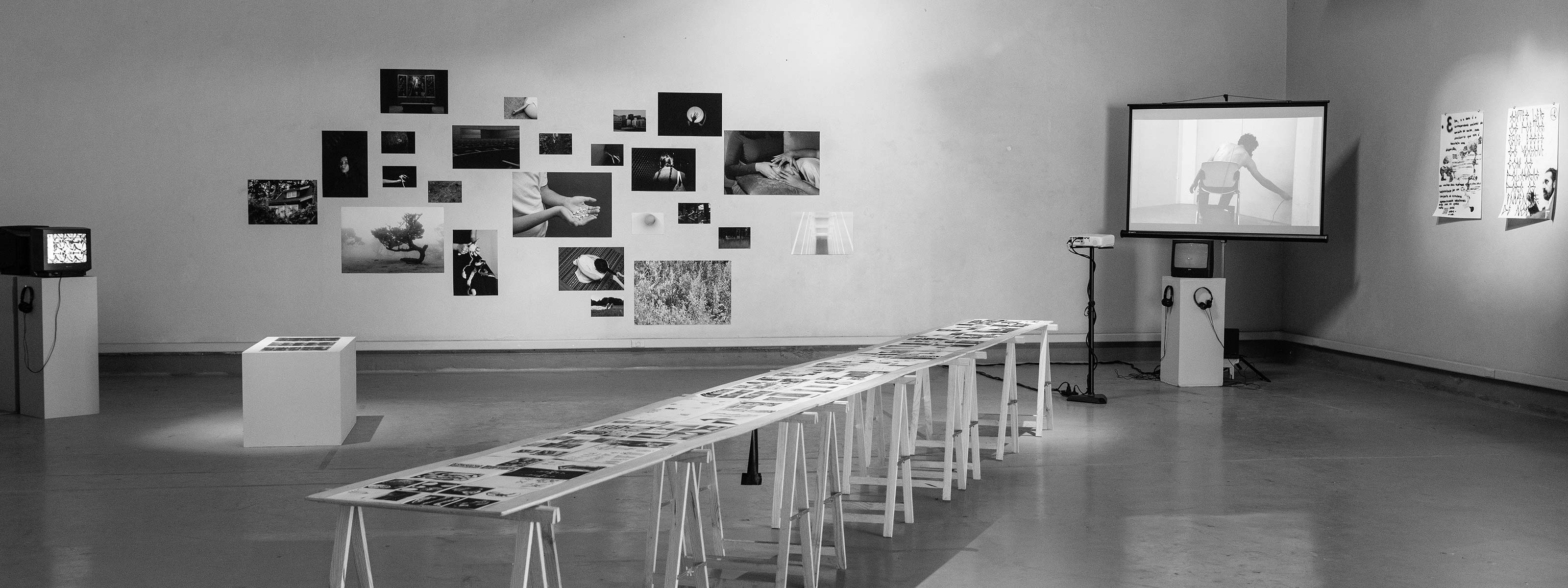
Visual Cosmologies
Research and creative project in Design, conceived as a partnership between the Art Library and Gulbenkian Archives of the Calouste Gulbenkian Foundation, Delli Press/Universidade Lusófona – Centro Universitário de Lisboa, which aims to interconnect, in an expanded way, the concepts of Archive, Collection and Book.
Introduction to the topic
The project began in the first half of 2023, and one of its main objectives is to stimulate the students’ relationship with a space for study, research, and knowledge production, taking as its working subject the polyphony of discourses included in the collections of the Art Library and Gulbenkian Archives, and other heritage collections of the Calouste Gulbenkian Foundation, enabling new readings of them.
The theme of the Archive has been transversal to various areas of contemporary research and creation, covered by artists, curators, researchers and art historians, and its importance is fundamental to the cycle of studies for Communication Design students. The construction of memory is closely connected to the production of imagery, its preservation, cataloguing, handling, and re-reading, constantly providing updated perspectives.
In the Visual Cosmologies project, inspired, among others, by the text Artes gráficas, veículo de intimidade by Ernesto de Sousa and Decolonizing Design Through the Perspectives of Cosmological Others by Ahmed Ansari, the students explored the theoretical and visual methodology of Bilderatlas Mnemosyne, proposed by the German art historian Aby Warburg at the beginning of the 20th century. This methodology emphasised a constantly changing design practice based on the association of images, creating an impermanent constellation of hypotheses, and guiding a parallel with research in design and art based on the idea of the editing table.
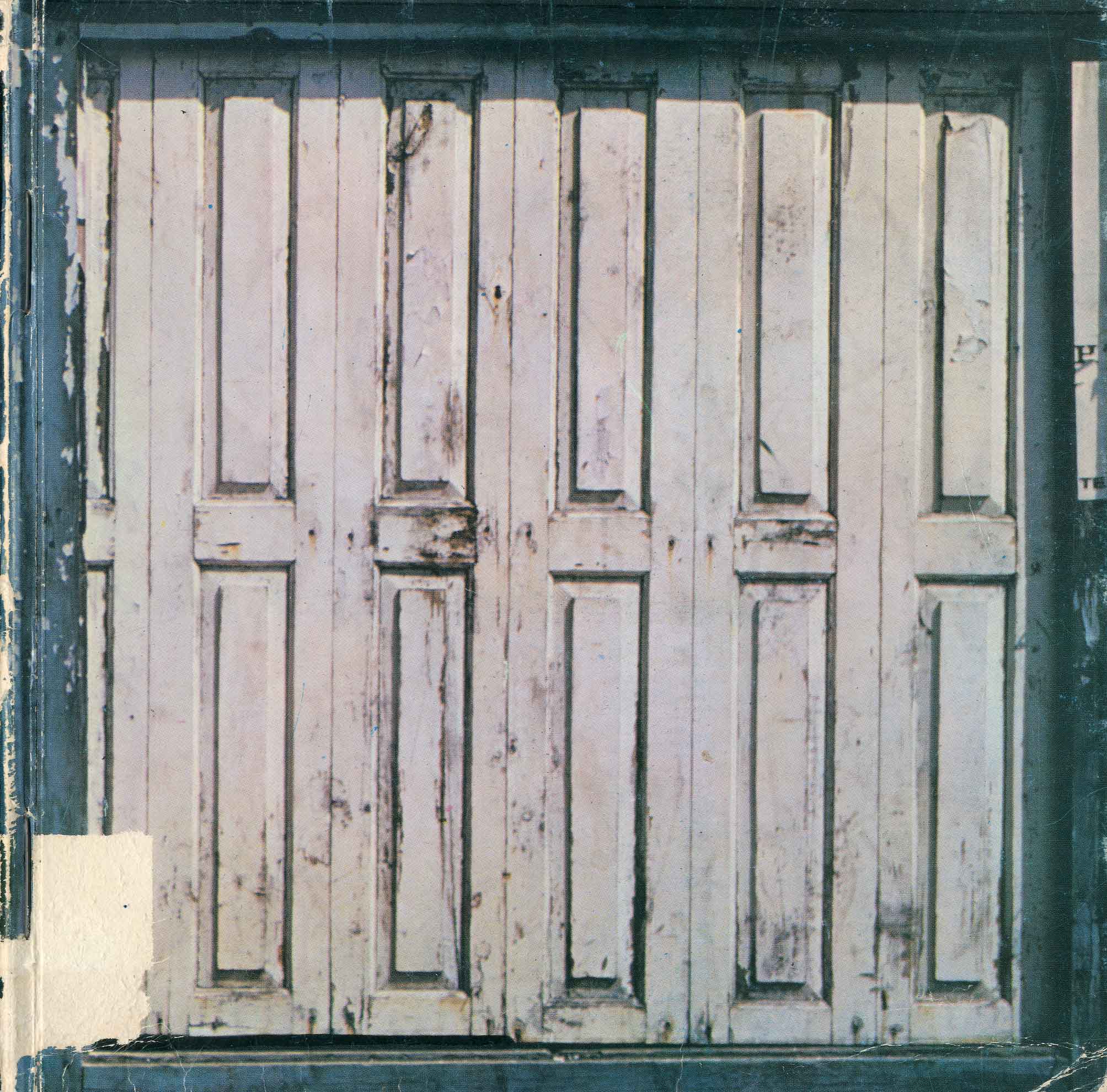
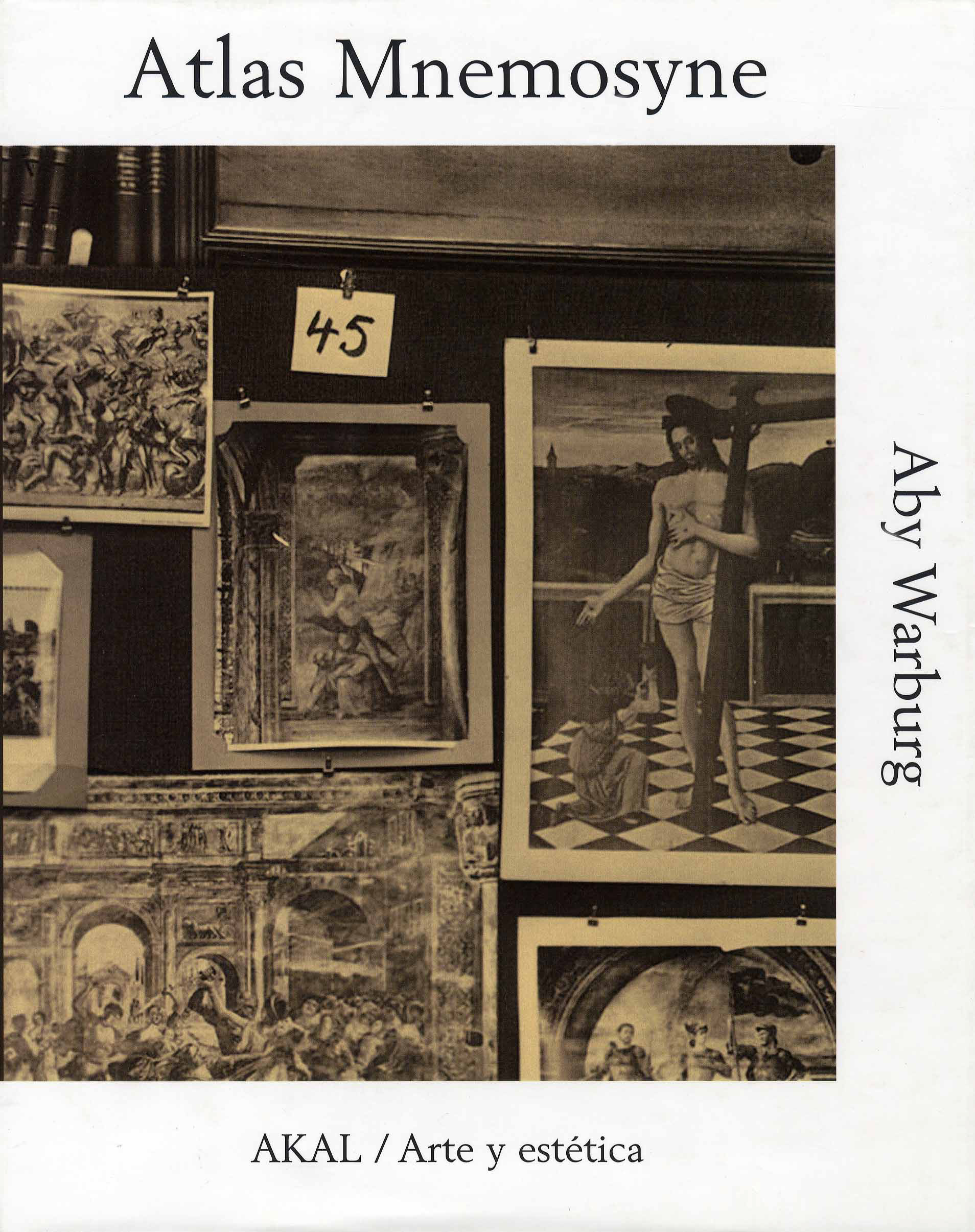
Context and objectives
The interest in challenging students to analyze the documental structure of a library and its strategies for classification, conservation, organization, consultation, and participation is related to the importance of studying Archives as a theme capable of creating specific creative dynamics.
The Visual Cosmologies project aimed to design a particular aesthetic and mechanics of research in art, based on processes of practical, individual, and collaborative work, in which a constant interconnection was promoted with the space of the Art Library – the library seen as a “temporary classroom for the constellation” – opening the way to situations of experimentation and creation.
How can the study of the archive in contemporary times contribute to teaching and learning strategies? How can the library continue to be an essential space for studying design and art, and what tools can it offer and promote in the context of academic work? How can we make visible the complexity of interconnections present in the Archive and, at the same time, make it manifest a sense of global, inclusive, decolonial identity? How can we explore a specific archive and thereby imply and develop a visual narrative from the manipulation of editions and publications?
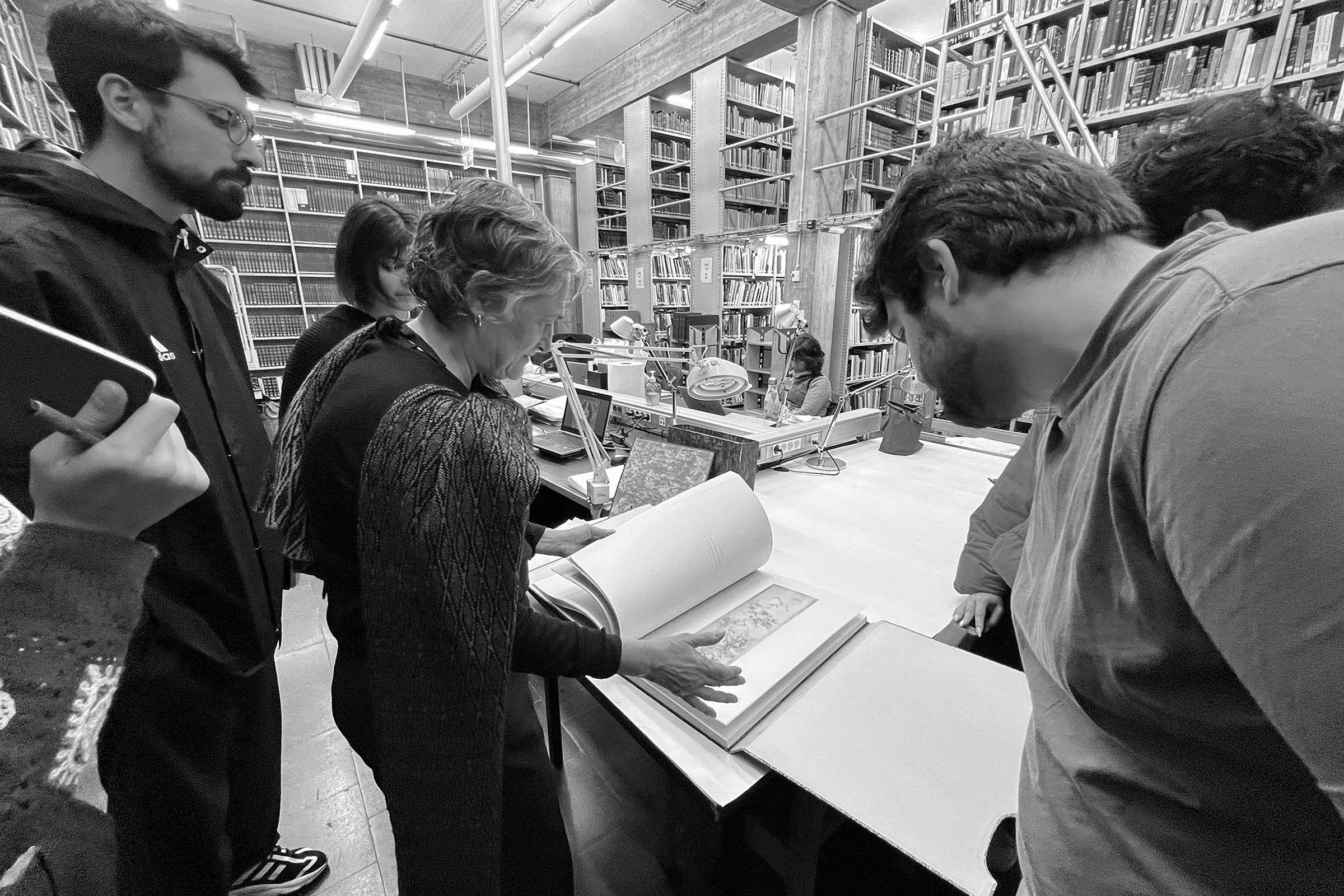
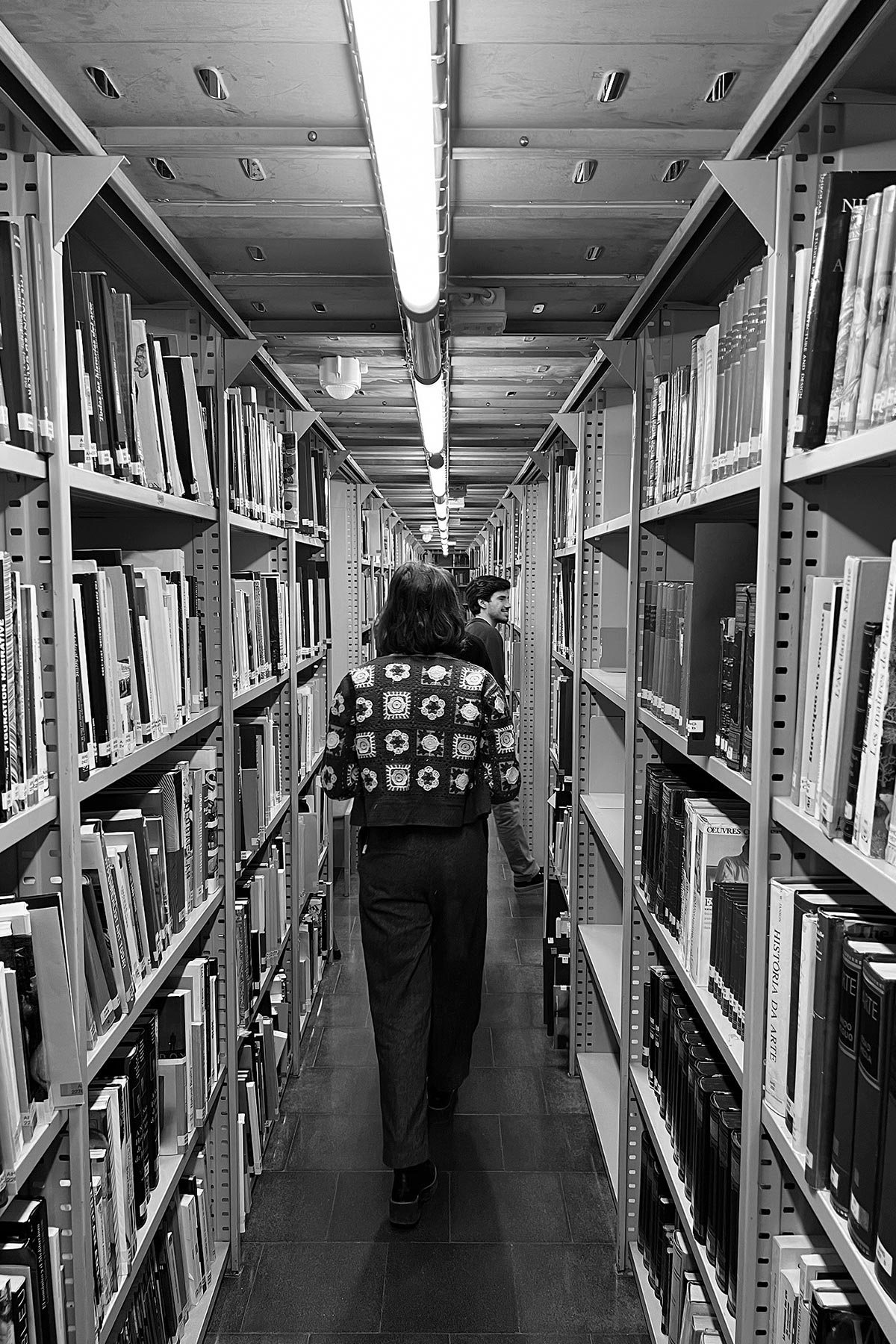

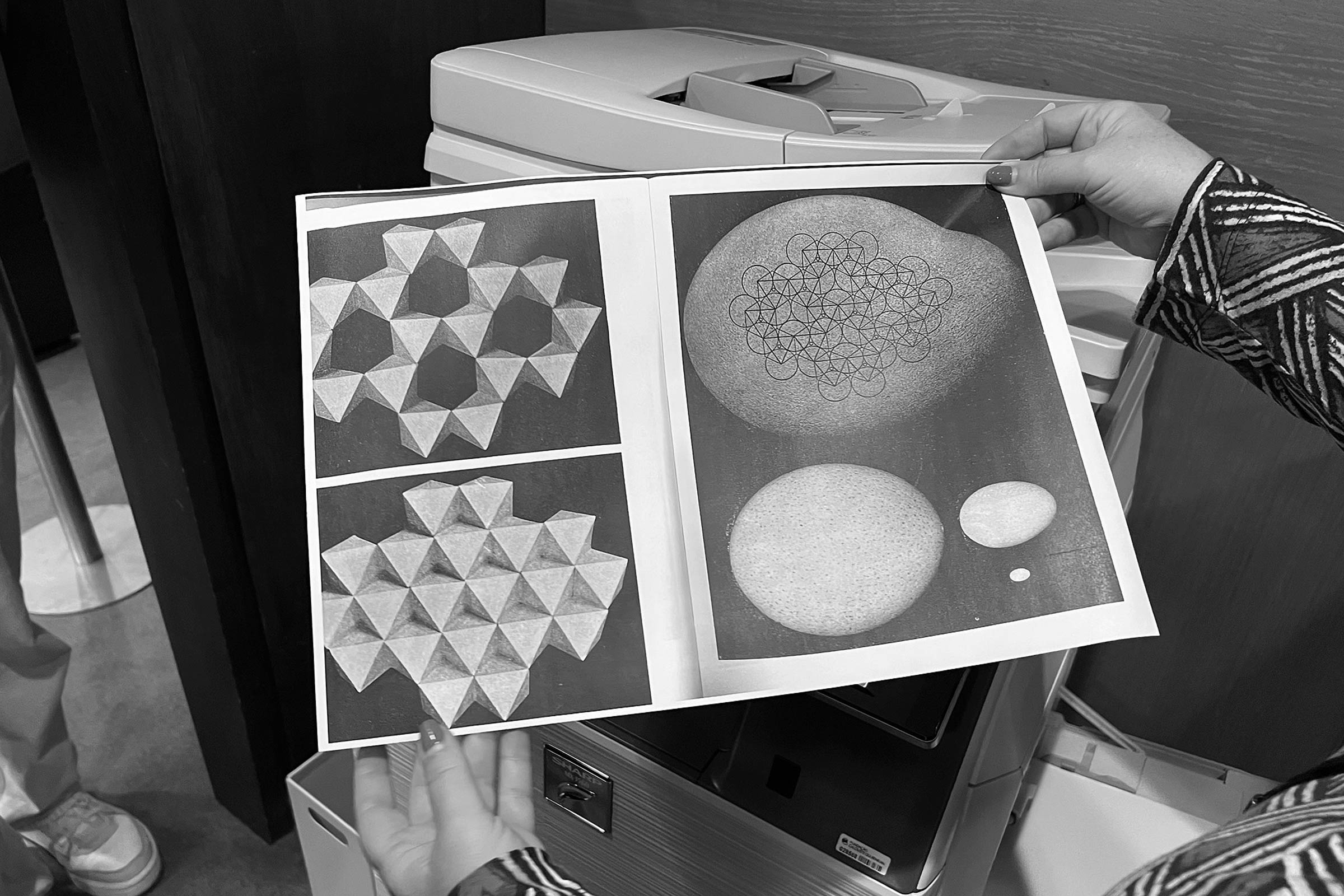
Processes and methodologies
In the 2022/2023 academic year, the Hybrid Practices curricular unit of the Communication Design course, taught by Professor Hugo Barata, focused on the study of the archive in the light of contemporary practice in the arts and design.
The classes followed a methodology of researching and recording various examples, based on the concepts in the program, with the library becoming the ideal territory for applying knowledge and articulating it with a specific place and context.
Throughout the second semester, the students undertook two creative residencies, one at the Gulbenkian Foundation Art Library, with access to its collections, and the other at the Stolenbooks publishing house, with access to a library specialized in art and design, and direct contact with a variety of printing and reproduction techniques.
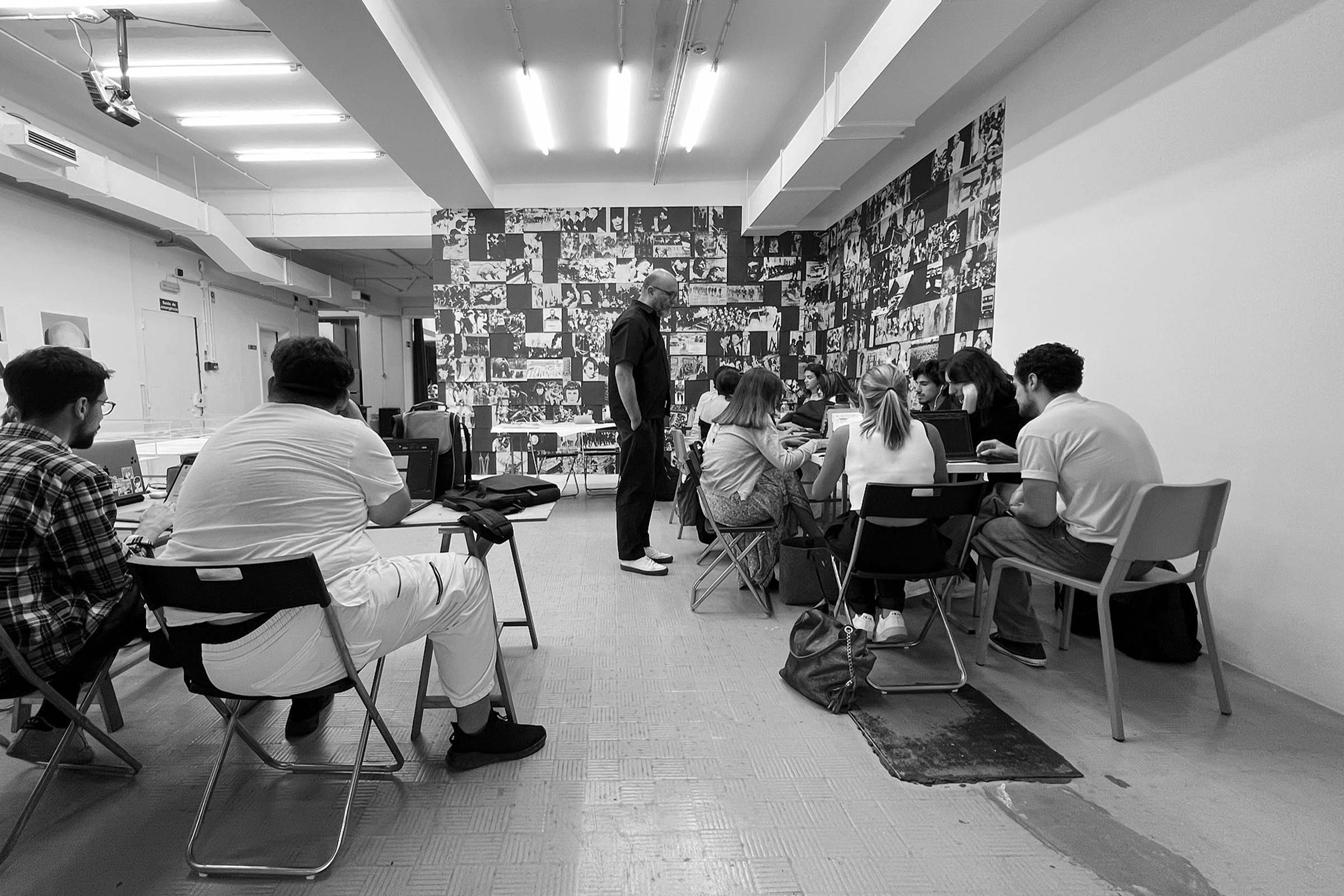
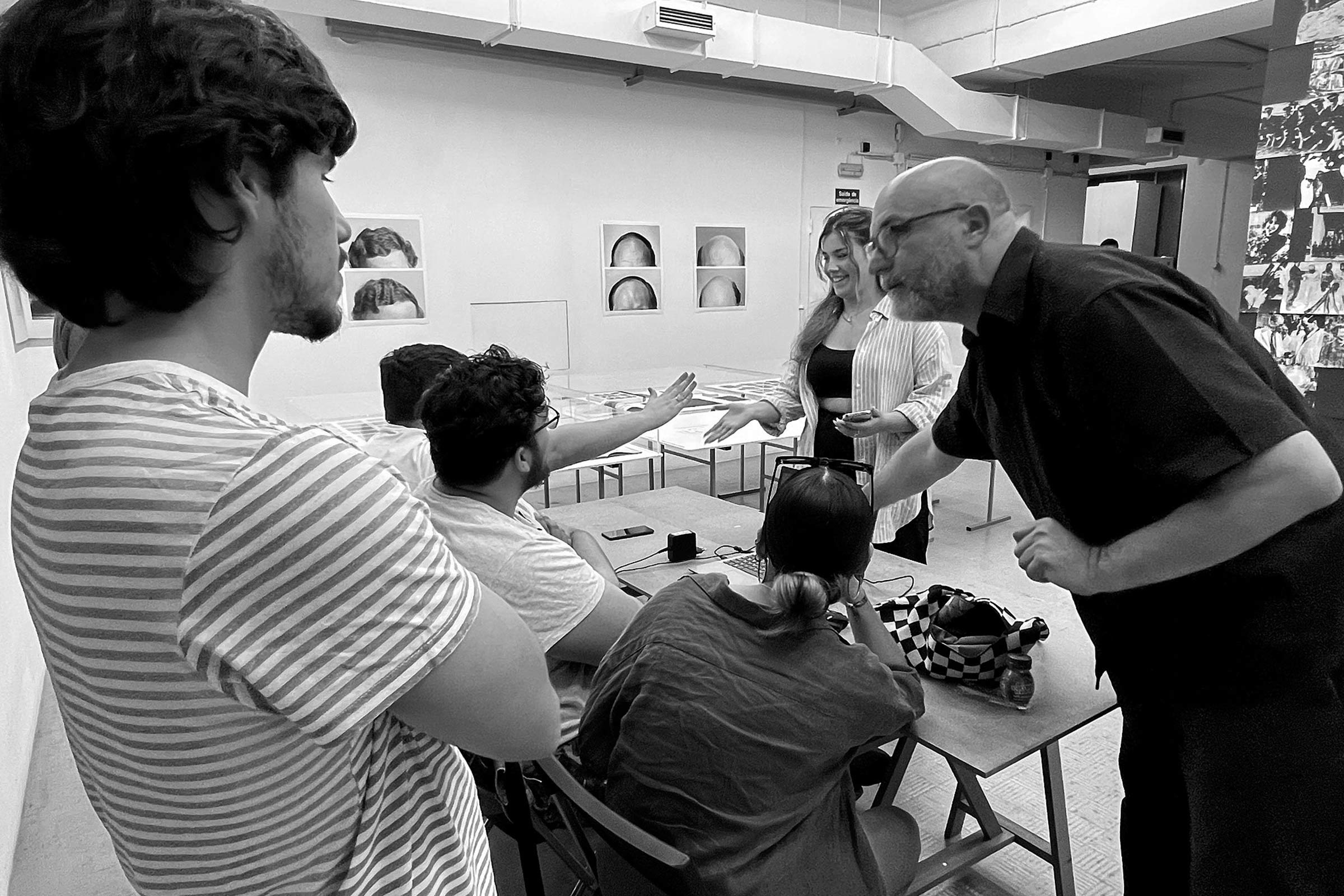
The general methodology applied was divided into theoretical and practical aspects.
The theoretical aspect reflected on the central theme of the research – Visual Cosmology (the constellation as an operation) and its interconnection with the idea of a collection. Through the relationship built between academic research and design practice, a path was traced that reflects on the discipline, signaling the moments when it intersects with contemporary processes and actions, using the collections of the Calouste Gulbenkian Foundation and the Art Library as catalysts for reflection on the importance of university teaching (and its networks with the outside world) of the concept of the archive today.
The practical side involved a series of actions/workshops/classes held at the Art Library, through which research and handling of the various materials was carried out, with the students making use of all the services available to them: catalogue search, request and consultation, reprographics, contact with professionals, as well as presentation sessions on the Foundation’s collection by João Vieira, Director of the Art Library and Gulbenkian Archives, and Ana Barata, Reference Librarian.
This direct contact was a main premise of the project to promote the development of a dynamic and consequent relationship with the Art Library and Gulbenkian Archives and its collections, with the aim of acquiring technical and artistic skills through collaborative research, which is fundamental for the pursuit of well-supported and well-designed design projects.
The articulation between the two strands – theoretical and practical – led to a critical and reflective analysis of the importance of books and libraries as sources of research and study for design students.
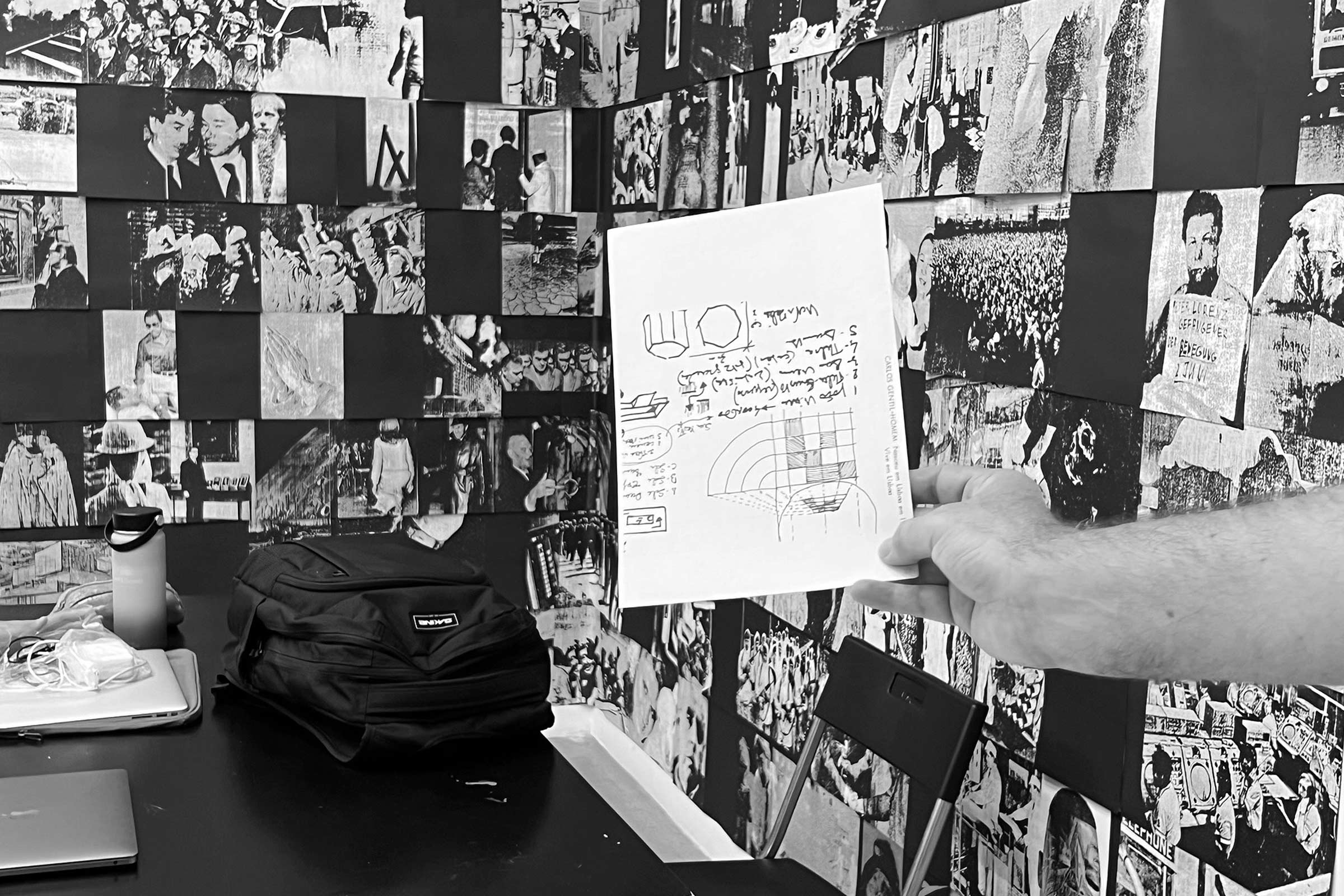
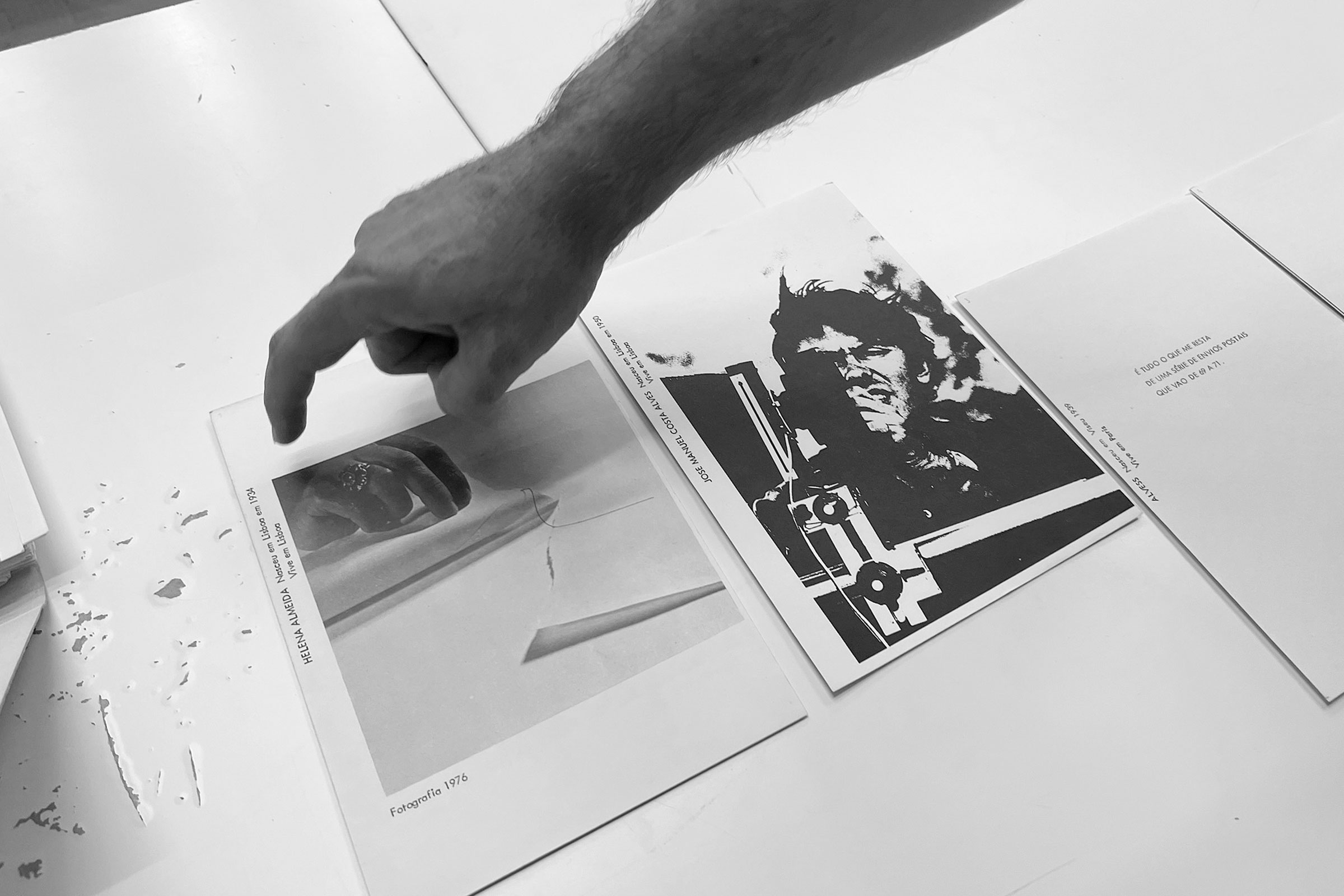
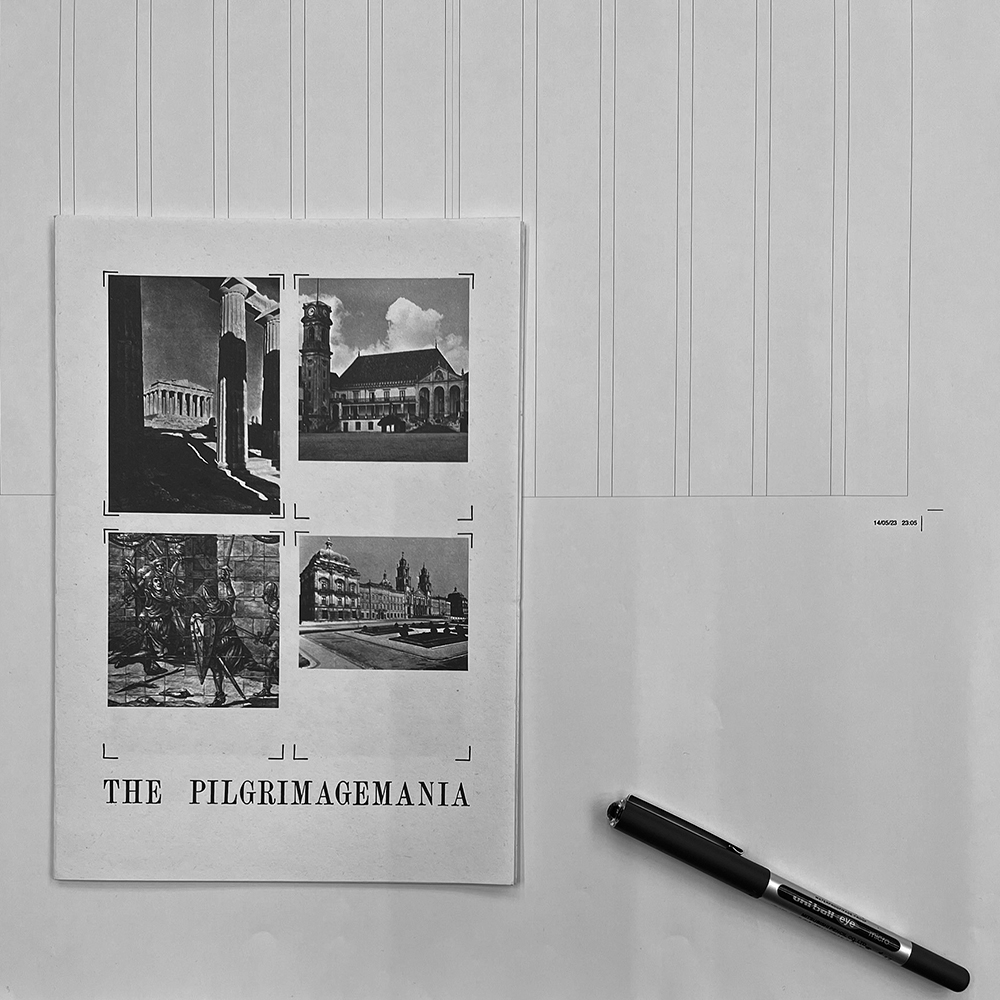
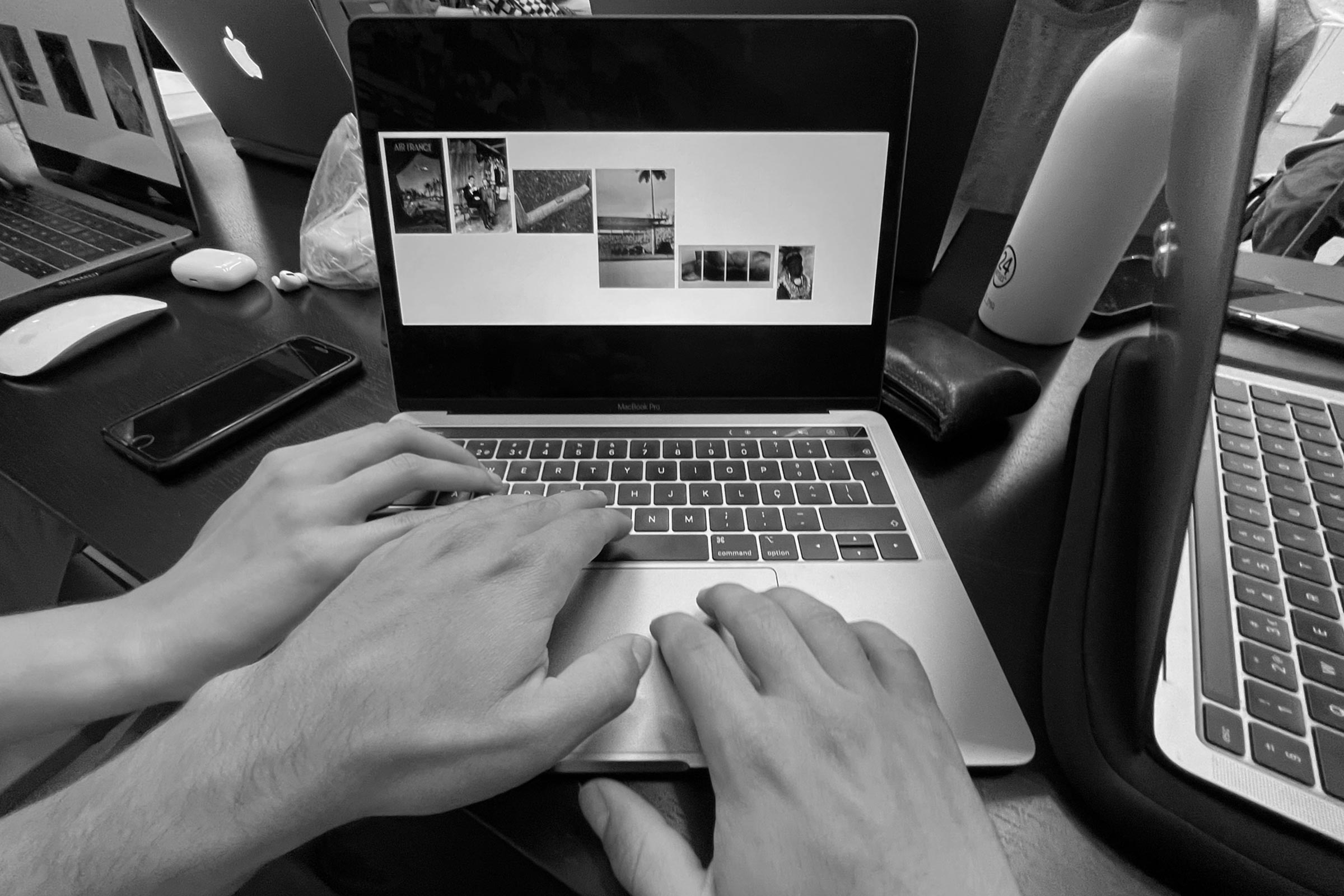
Results
In this first edition of the Visual Cosmologies project, and with the complexities and dynamics of current teaching in mind, we sought to create an active stance on the part of design students, placing them at the center of the learning process and inviting them to develop their own research and creation strategies.
The result of the cosmologies born out of the research is an experimental publication, designed and produced by students and teachers, inspired by the catalogue of the exhibition Alternativa Zero (1977), organized by Ernesto de Sousa. This publication will be part of the collection of the Calouste Gulbenkian Foundation Art Library and Delli Press, Universiade Lusófona, and was tutored in its execution by Hugo Barata and Paulo T. Silva.
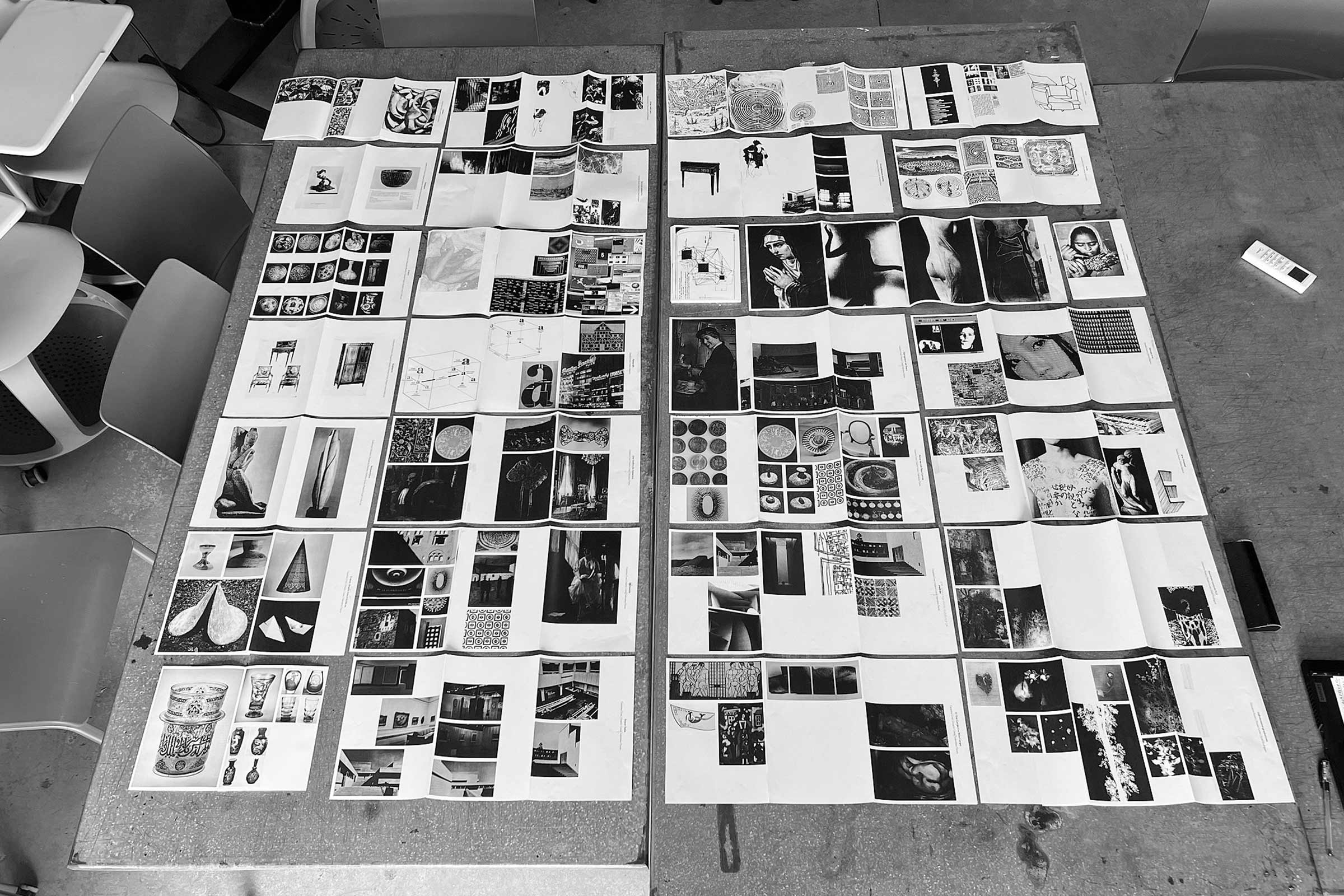

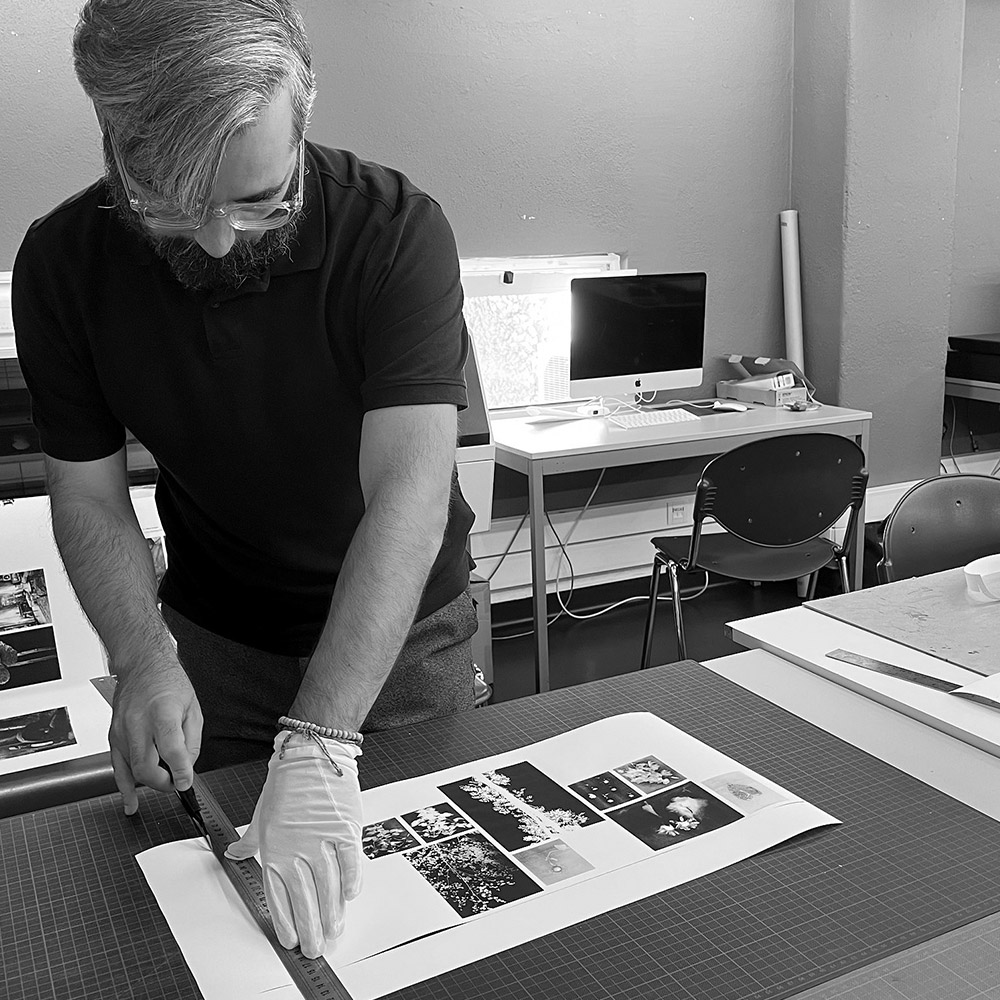
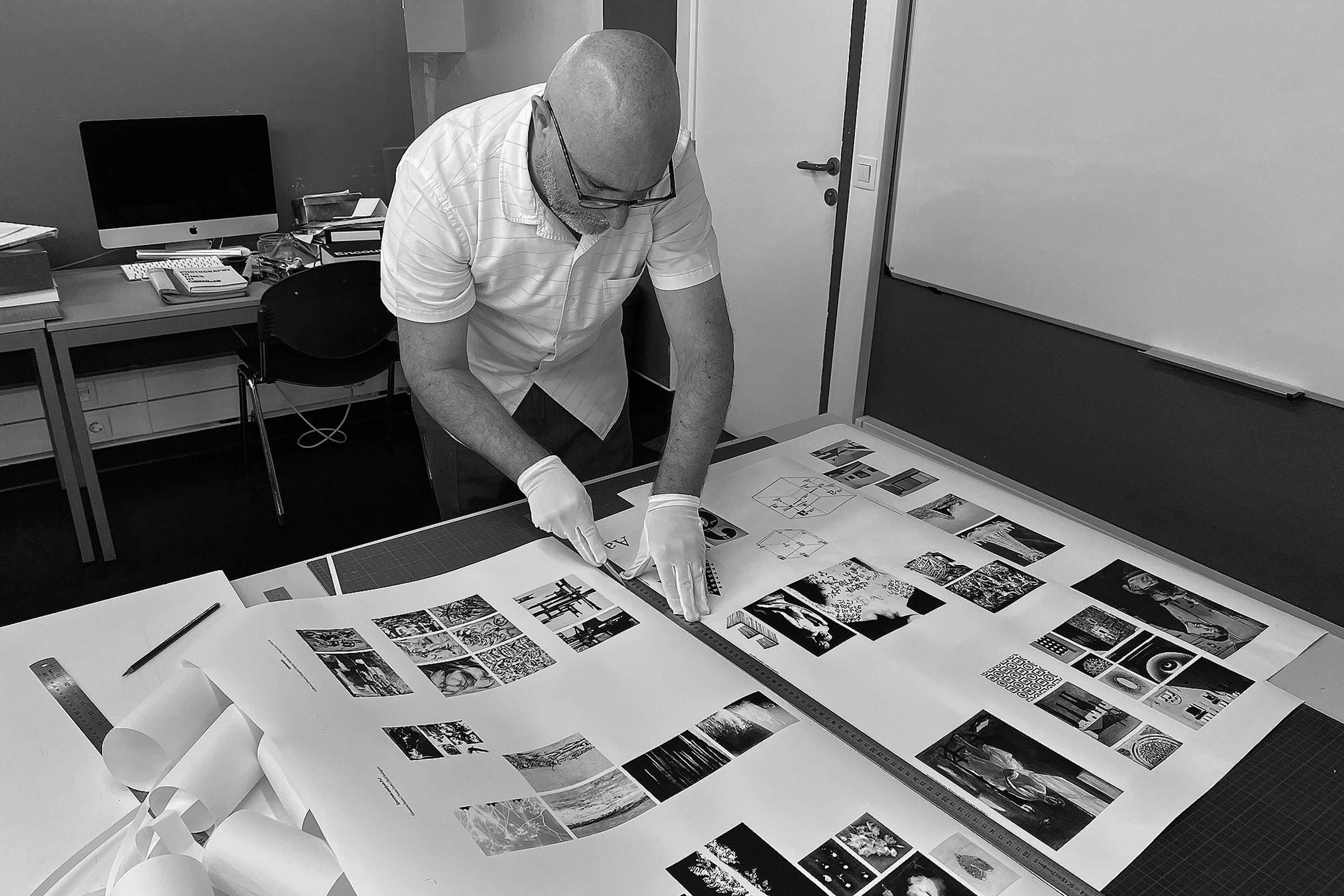
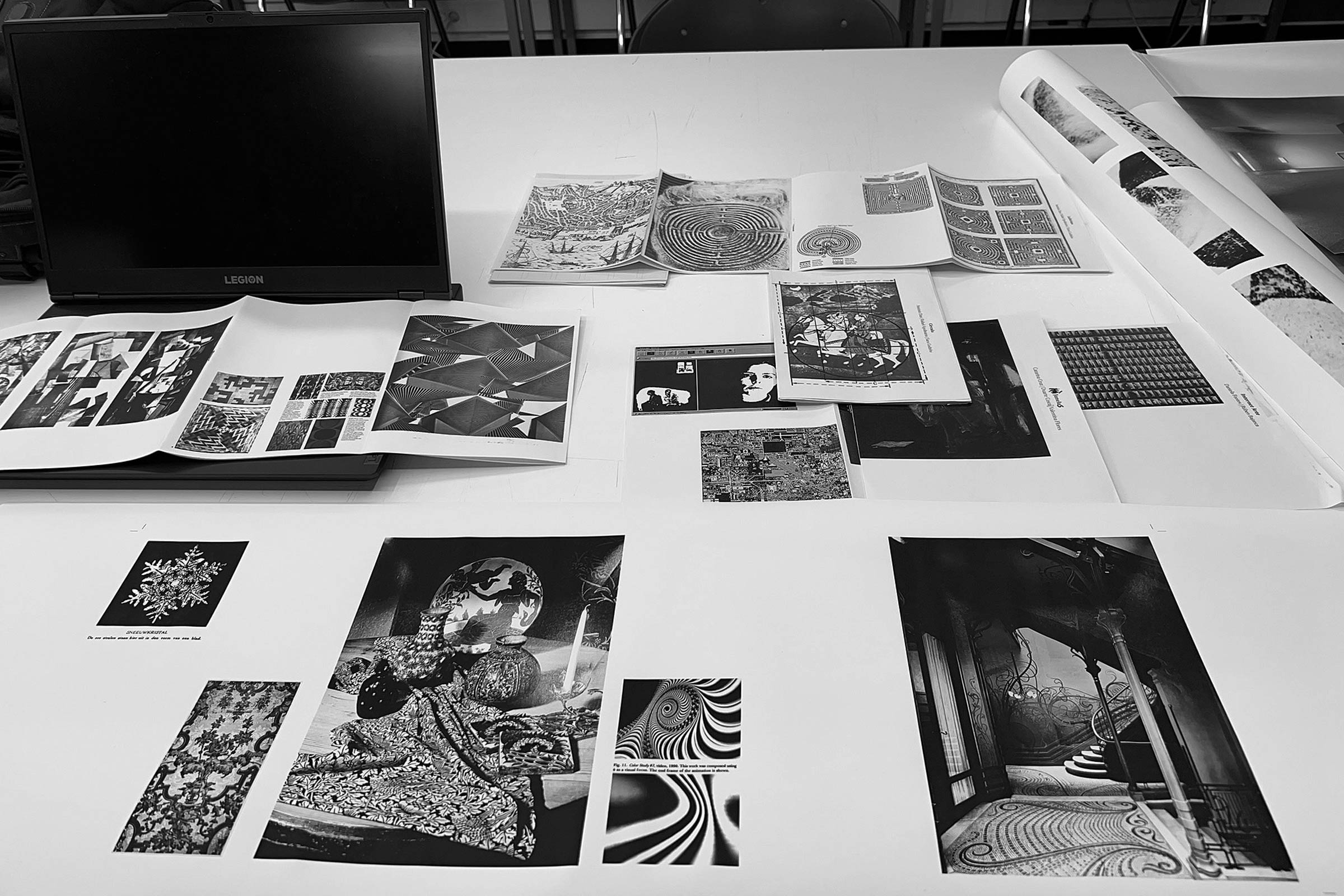
It was also possible to include the results of the project in a first public presentation at Pavilhão 31, a collective exhibition of the final-year students from Universidade Lusófona’s BA in Communication Design, BA in Photography and MA in Photography programs.
The exhibition, entitled O tempo enrola, encaracola, curated by Hugo Barata, Luís Alegre, Orlando Franco, Paulo T. Silva, and Rodrigo Peixoto, allowed the Communication Design students to present an expanded version of the final publication in the form of an assembly table.
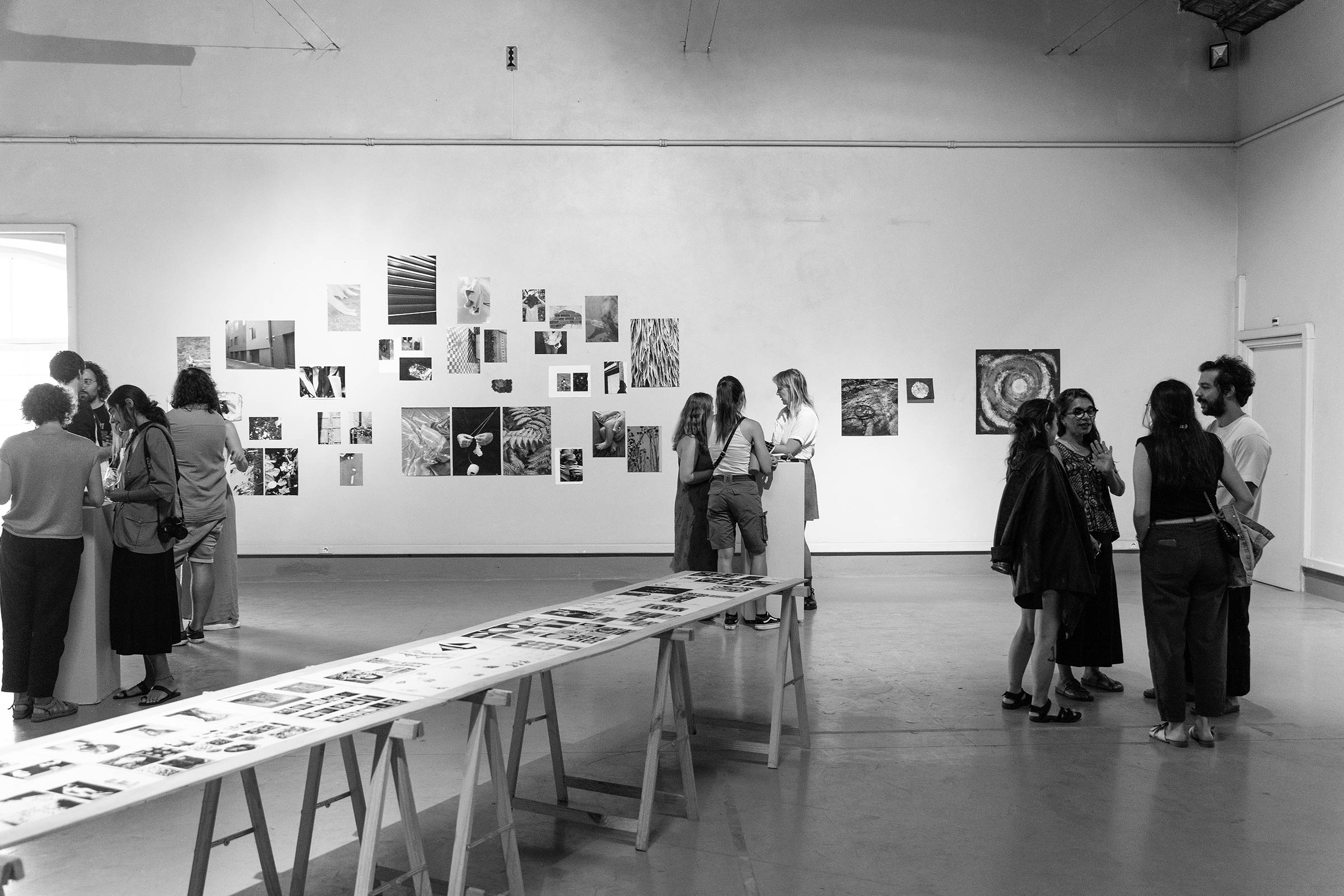
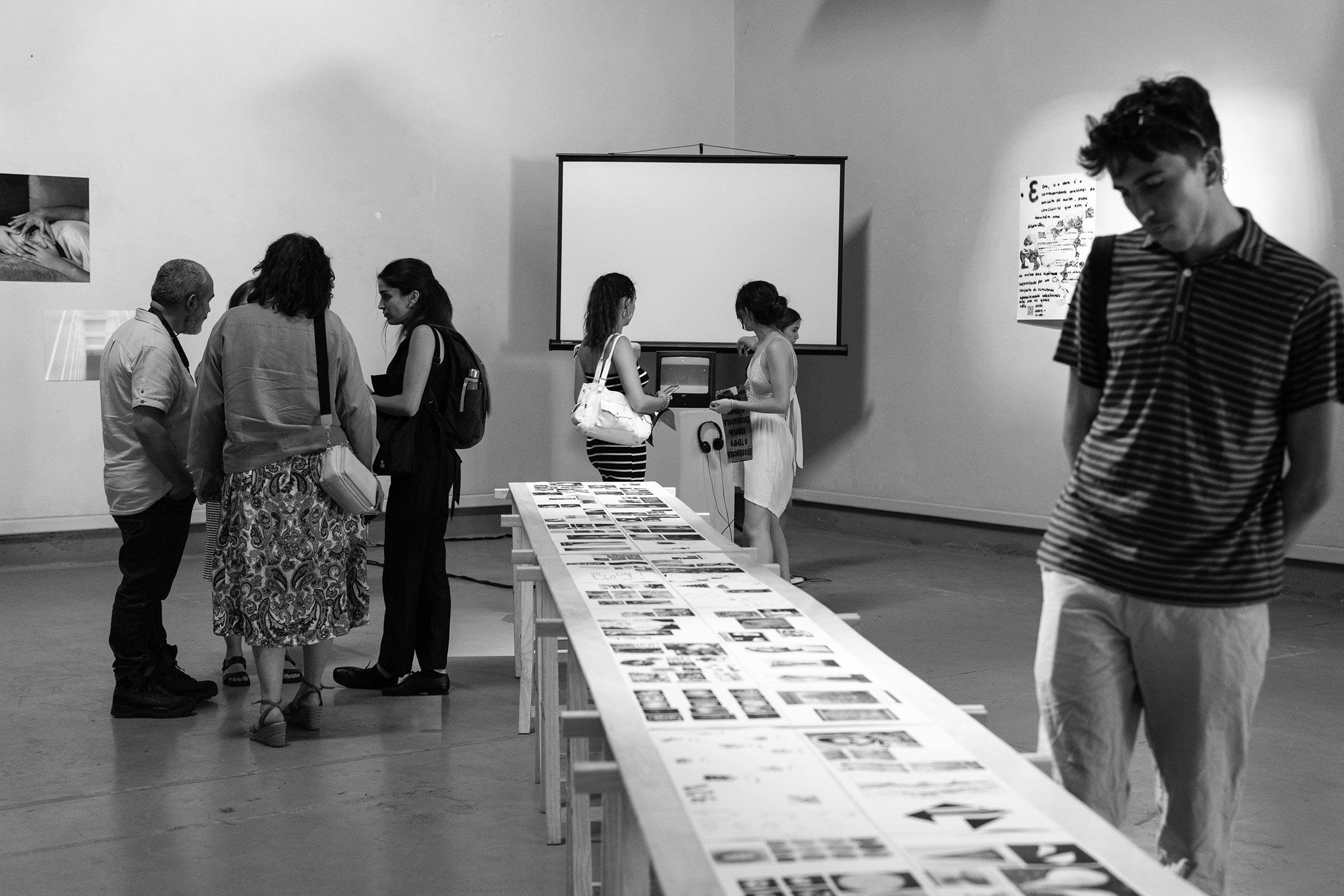
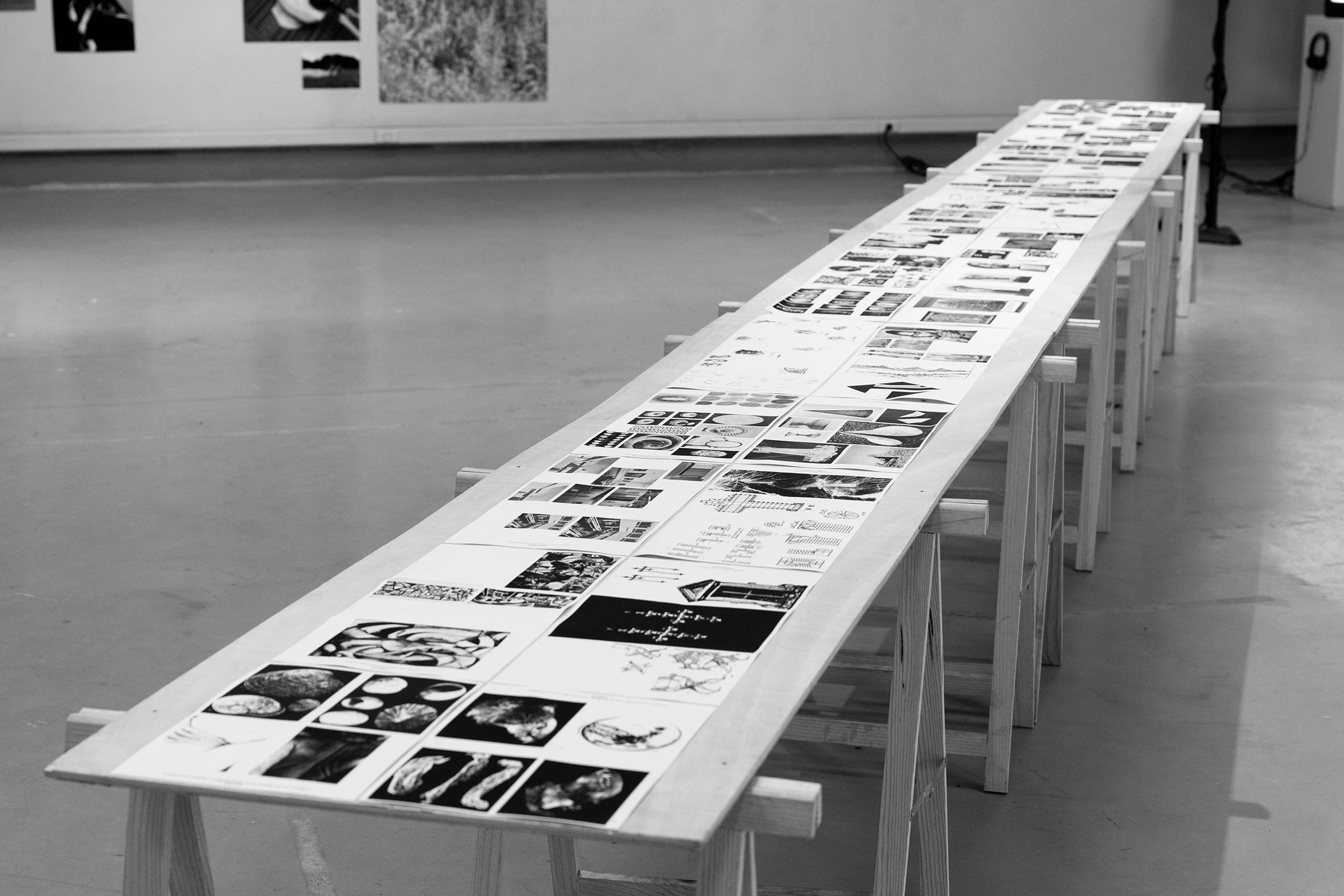
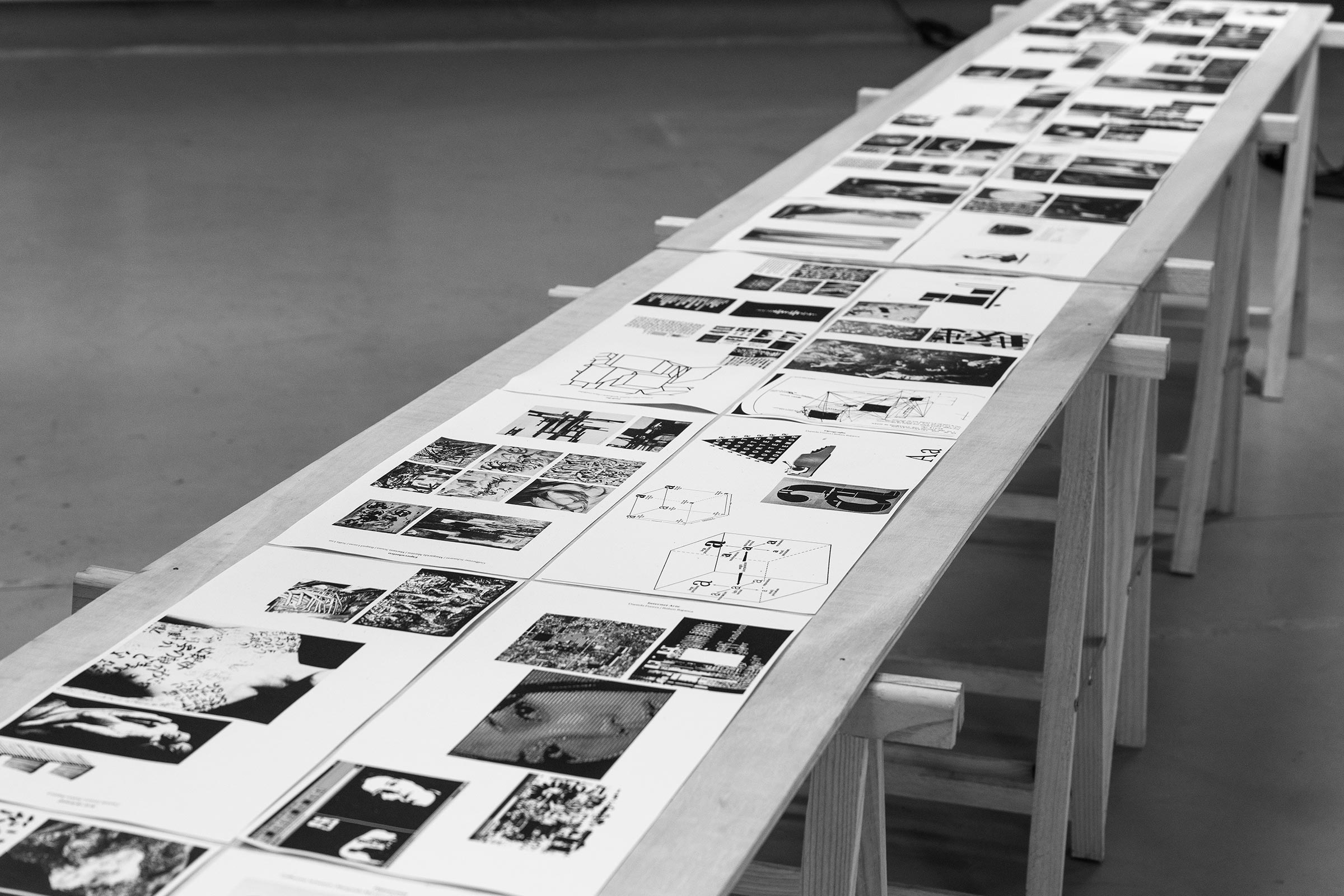
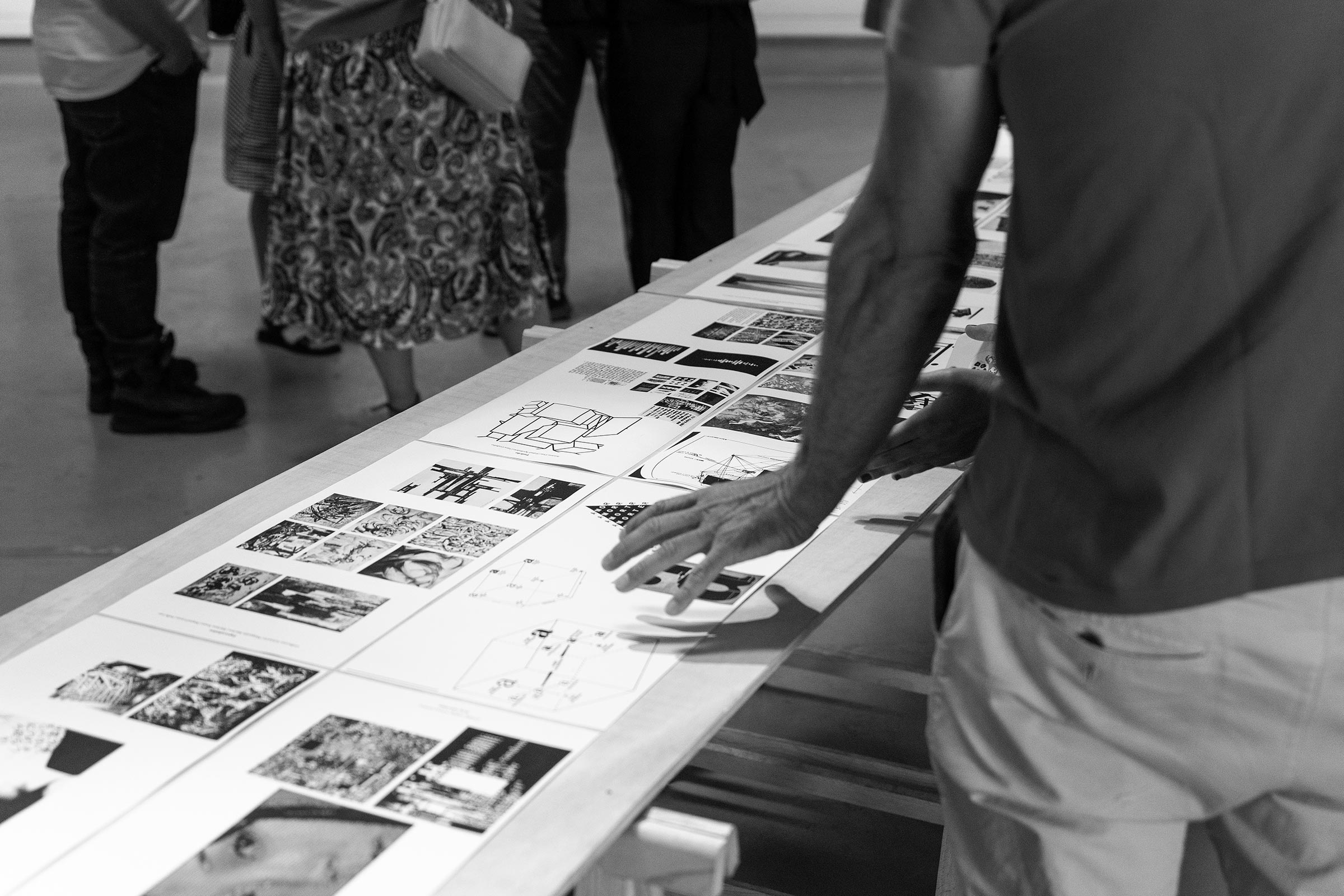

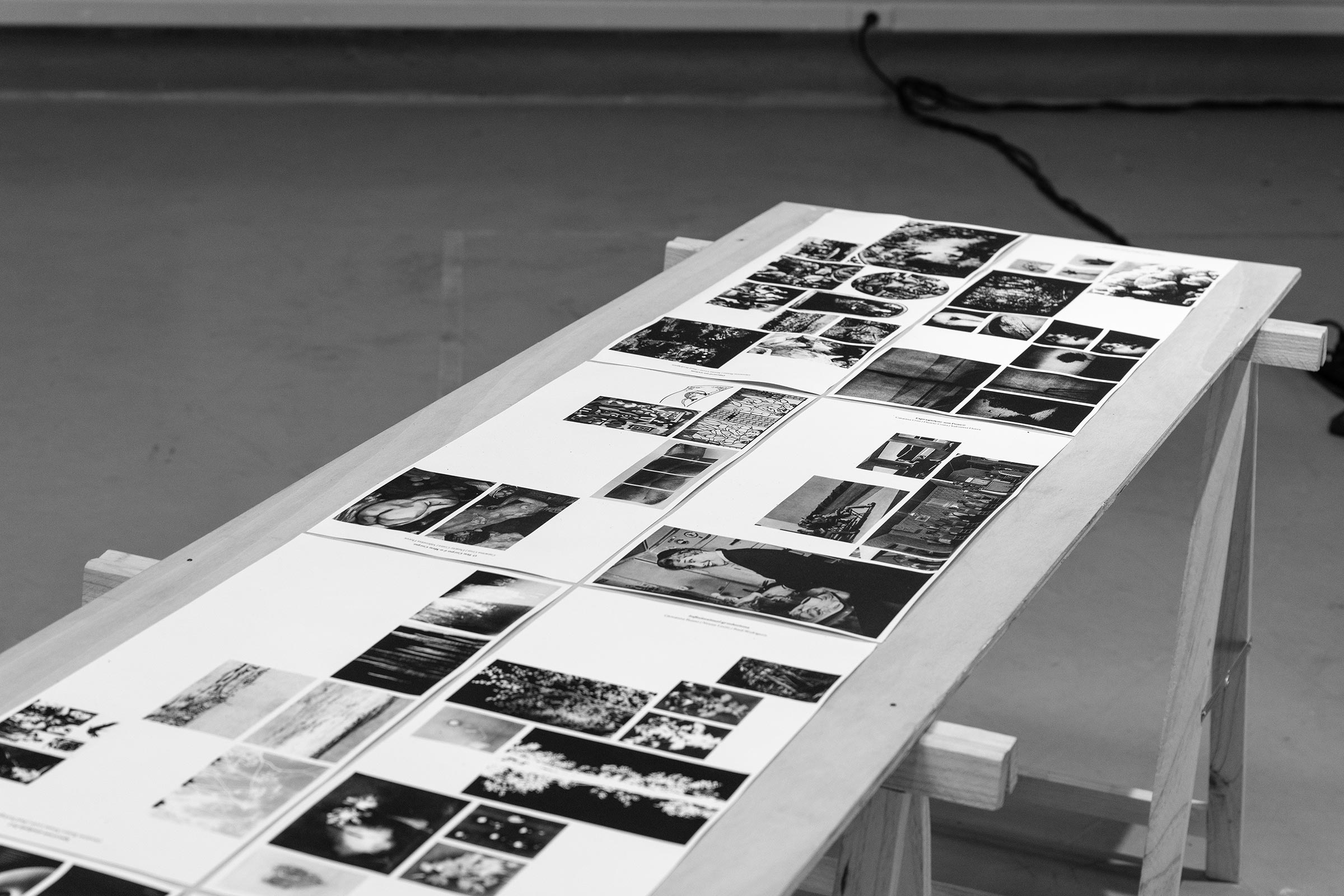
Assessment and future perspectives
These were some of the questions posed by the Visual Cosmologies project, opening paths and enriching classes through the space of the Art Library, challenging students to think about how the “survival” of images and historical times can be integrated into a kind of mapping and analysis of contemporaneity, thus creating a speculative cosmology.
Teaching in museum spaces or, in this case, in a library, paves the way for the creation of a bridge between the academic and cultural institutions, allowing students to create emotional ties with the creation of knowledge. In this case, the library is the community.
The Visual Cosmologies project will go into its second year of implementation this academic year 2023/2024, which is expected to be as enriching as the first edition.


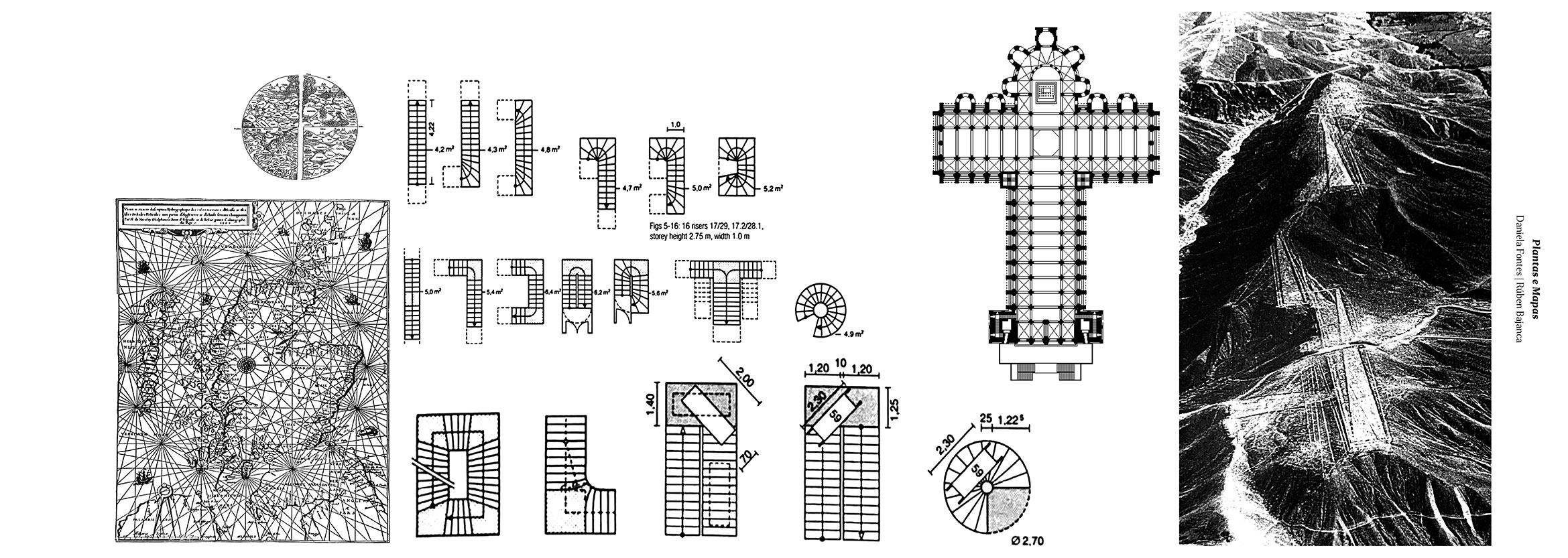
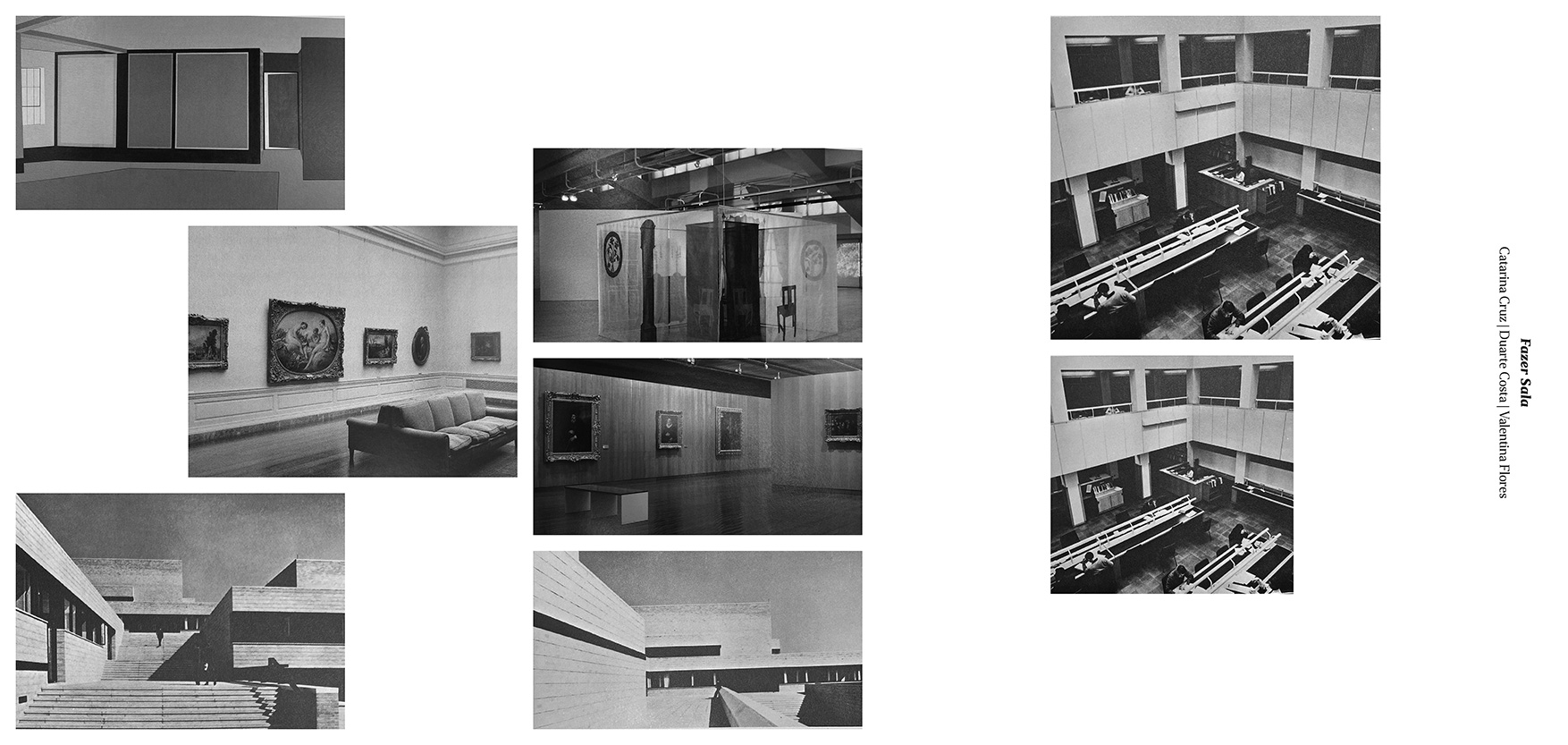
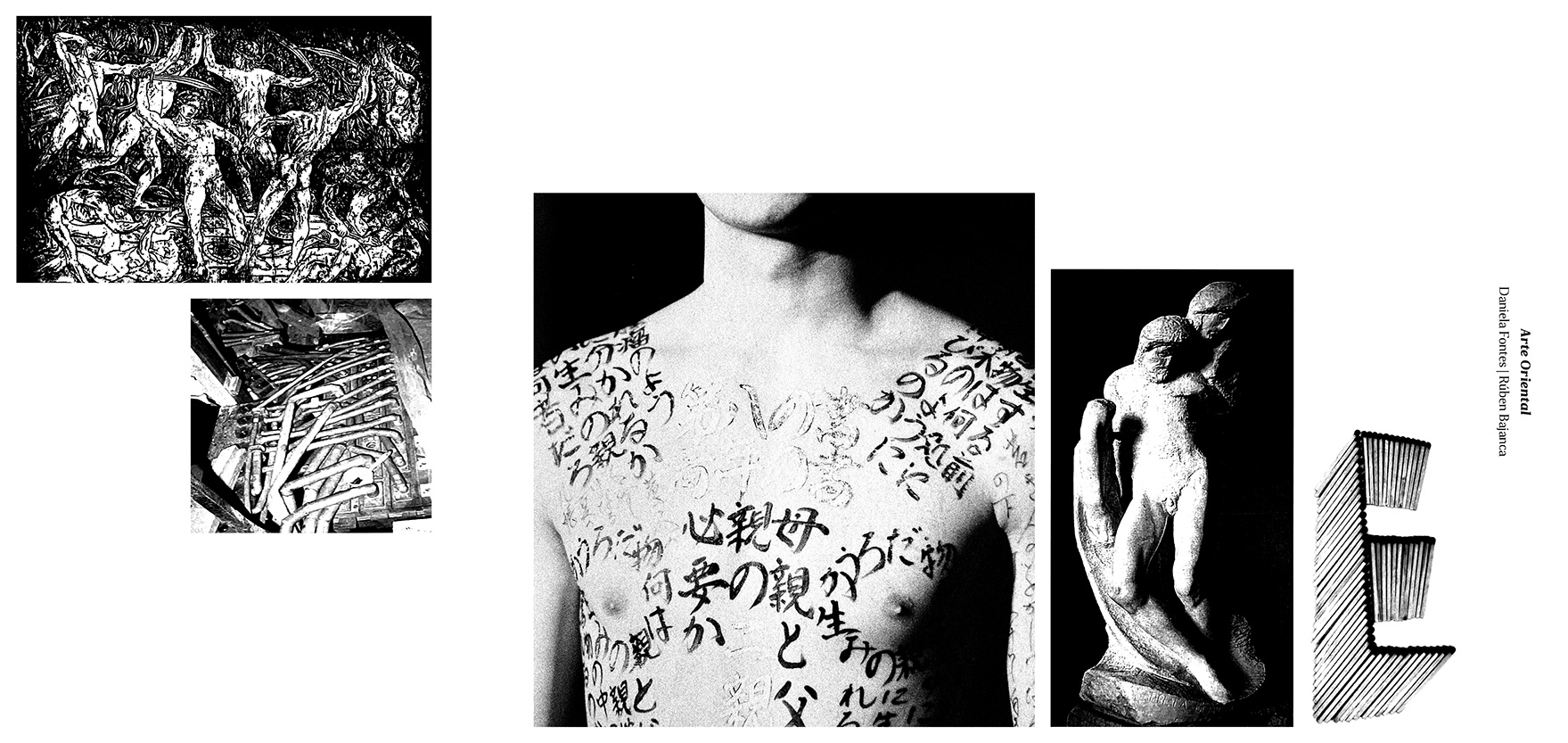


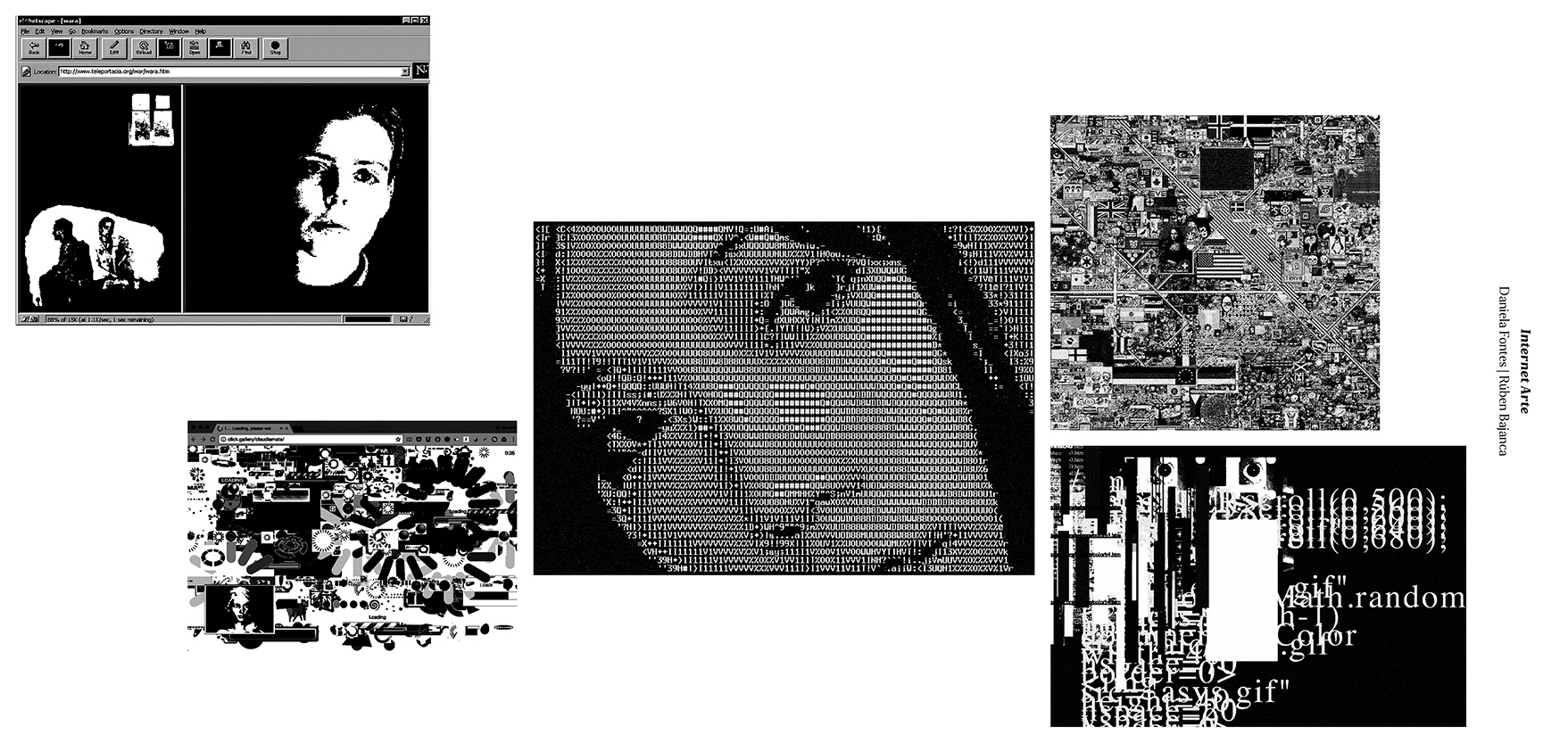

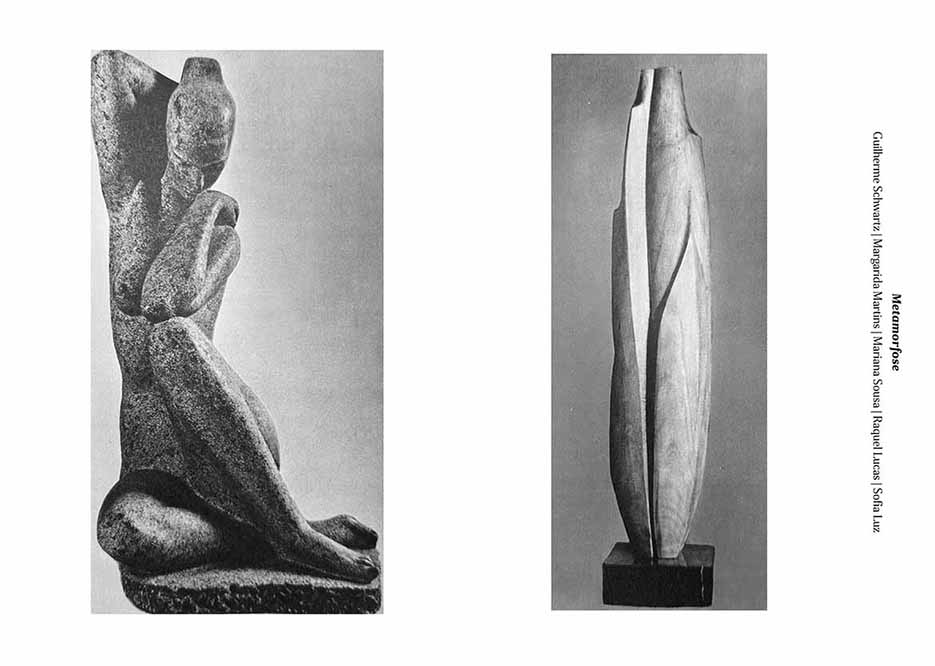
Credits
Communication Design Students
António Dias, Catarina Cruz, Daniela Fontes, Duarte Costa, Giovanna Russo, Guilherme Schwartz, Margarida Martins, Mariana Sousa, Neuza Leote, Rafael Apolinário, Raquel Lucas, Raul Rodrigues, Rúben Bajanca, Sara Godinho, Sofia Luz and Valentina Torres
Coordination Art Library / Calouste Gulbenkian Foundation
João Vieira and Ana Barata
Coordination Universidade Lusófona
Francisco Laranjo and Luís Alegre
Project Management and General Curator
Hugo Barata
Researchers
Hugo Barata, Luís Alegre and Paulo T. Silva
Book Edition
Hugo Barata, Luís Alegre and Paulo T. Silva
Acknowledgements
Orlando Franco and Rodrigo Peixoto